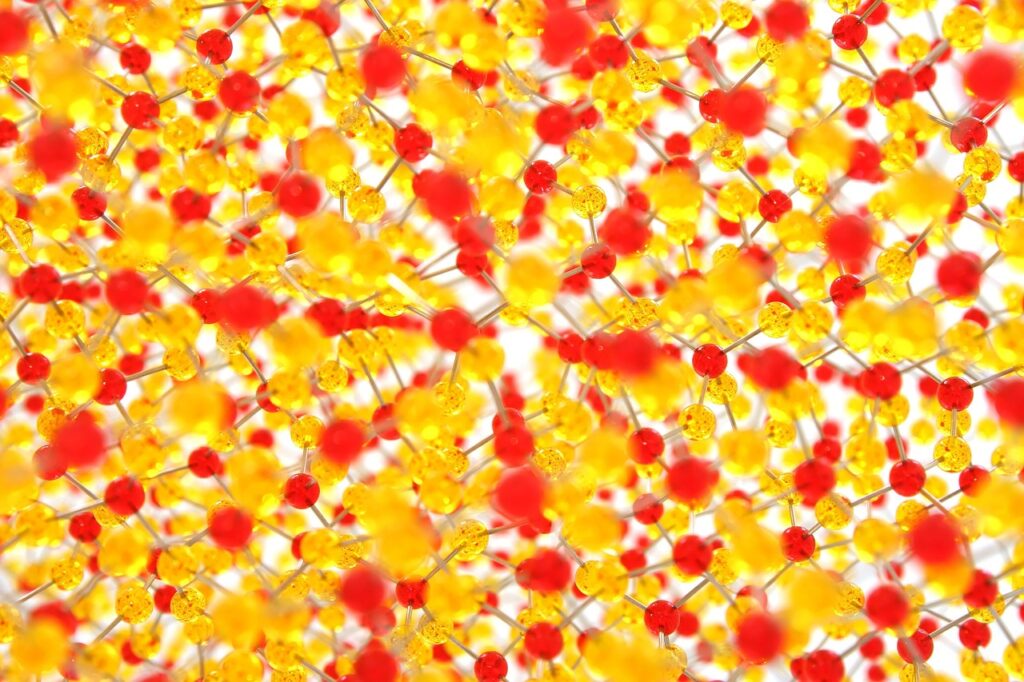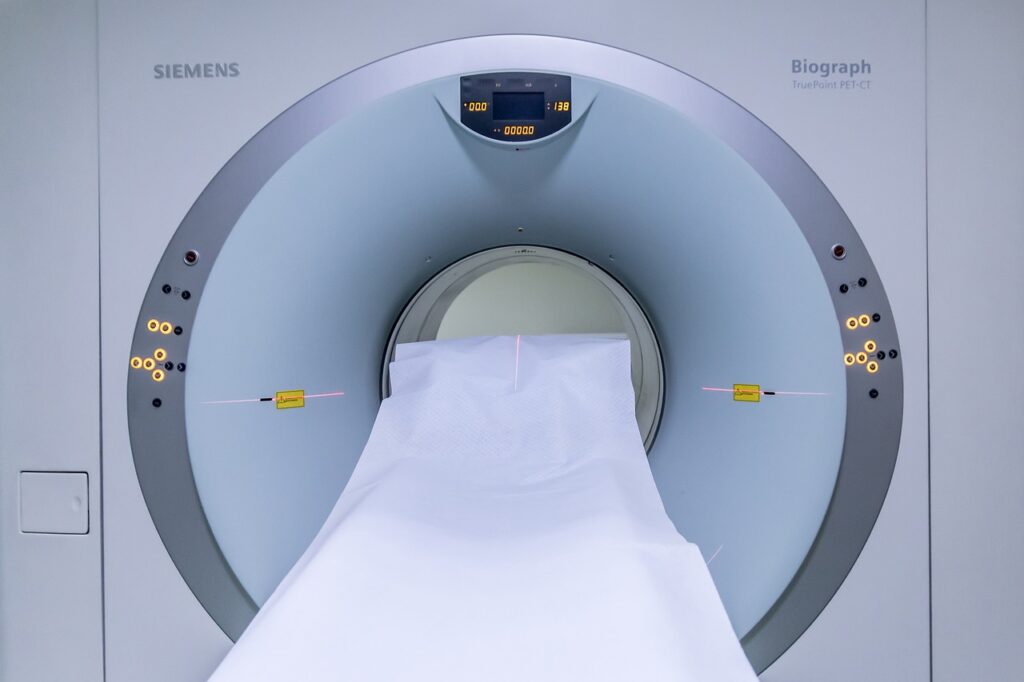Introduction:-
The atomic theory of matter was first proposed by john Dalton, in 1808. His theory, called Dalton’s Atomic Theory, regarded as the ultimate particle of matter.
This theory was able to explain the law of conservation of mass, law of constant composition and law of multiple proportion.
However, it failed to explain the results of many experiments, for example, it was known that substance like glass or ebonite when rubbed with silk or fur get electrically charged.

Discovery of the Electron :-
First sub-atomic particle discovered was the electron, by British physicist J.J. Thomson in 1897. His discovery arose from experiments with cathode rays streams of charged particles emitted from a heated cathode in a vacuum tube. These rays were composed of negatively charged particles much smaller than atoms.
Thomson concluded that these particles, which he called “corpuscles” (later renamed electrons), were a universal constituent of matter. This discovery not only challenged the notion of atoms as indivisible but also introduced the concept that atoms had internal structure.

Results of experiments :-
Cathode rays starts from cathode and move towards the anode.
Cathode rays consist of negatively charged electrons.
Cathode rays themselves are not visible but their behaviour can be observed with the help of fluorescent or phosphorescent materials.
In absence of electrical or magnetic field, cathode rays travel in straight lines.
In presence of electrical or magnetic field, behaviour of cathode rays are similar to that shown by negatively charged particles, suggesting that the cathode rays consist of negatively charged particles called electrons.
The characteristics of the cathode rays do not depend upon the material of the electrodes and the nature of the gas present in the cathode ray tube.
Discovery of the Proton :-
Protons were discovered by E. Goldstein. Modified cathode rays tube experiment was carried out which led to the discovery of protons. Characteristics of positively charged particles are as follows :-
Charge to mass ratio of particles depends on gas from which these originate.
The positively charged particles depend upon the nature of gas present in the cathode ray discharge tube.
Some of the positively charged particles carry a multiple of the fundamental unit of electrical charge.
Behaviour of positively charged particles in electrical or magnetic field is opposite to that observed for cathode rays.
Discovery of the Neutron :-
Neutrons were discovered by James Chadwick by bombarding a thin sheet of beryllium by Alpha particles. They are electrically neutral particles. Neutrons were found to have a mass similar to protons but carried no electrical charge.
This discovery completed the picture of the atomic nucleus, explaining the discrepancies in atomic mass and revealing that atoms consisted of protons and neutrons bound together in the nucleus, with electrons orbiting around them.
Properties of fundamental particles:-
Name | Sym | Absolute charge/C | Relative charge | Mass/kg | Mass/u | Approx.mass/u |
Electron | e | -1.6022x10-19 | -1 | 9.10939×10-31 | 0.00054 | 0 |
Proton | p | +1.6022×10-19 | +1 | 1.67262×10-27 | 1.00727 | 1 |
Neutron | n | 0 | 0 | 1.67493×10-27 | 1.00867 | 1 |
importance of the Discovery of Sub-Atomic Particles :-
The discovery of sub-atomic particles revolutionised for the matter. It cemented the way for the development of quantum mechanics, nuclear physics, and particle physics.
The identification of the electron explained electrical conductivity and chemical bonding, the proton and neutron helped to explain the structure of the nucleus and nuclear forces. These discoveries also led to technological advancements, including the development of nuclear energy and medical imaging technologies such as MRI and PET scans.

Key points :-
Electrons, protons, and neutrons were a key milestone in the history of science. It crushed the classical view of the atom and laid the foundation for modern atomic theory. These particles not only define the structure of matter but also have implications for the forces and interactions that govern the universe.
The first sub-atomic particle discovered was the electron, and it was discovered by J.J. Thomson in 1897 through his experiments with cathode rays.
The neutron was discovered by James Chadwick in 1932. He bombarded beryllium with alpha particles, which emitted a neutral radiation that he identified as neutrons.
Discovery of neutrons explained the difference between atomic mass and atomic charge, which could not be accounted for protons and electrons alone. Neutrons helped complete the understanding of the atomic nucleus by explaining its mass without contributing to its electrical charge.
Before Thomson’s discovery, atoms were believed to be indivisible. His discovery of the electron proved that atoms have internal structure, consisting of smaller particles, challenging the long-held idea that atoms were the smallest units of matter.
In Rutherford’s atomic model, the proton was identified as the particle carrying positive charge in the nucleus. This model proposed that atoms consist of a dense central nucleus made of protons, with electrons orbiting around the nucleus.
The discovery of sub-atomic particles laid the foundation for modern atomic theory, quantum mechanics, and nuclear physics. It led to advancements in technology, including nuclear energy, medical imaging.
1 thought on “Discovery of Sub-Atomic Particles”